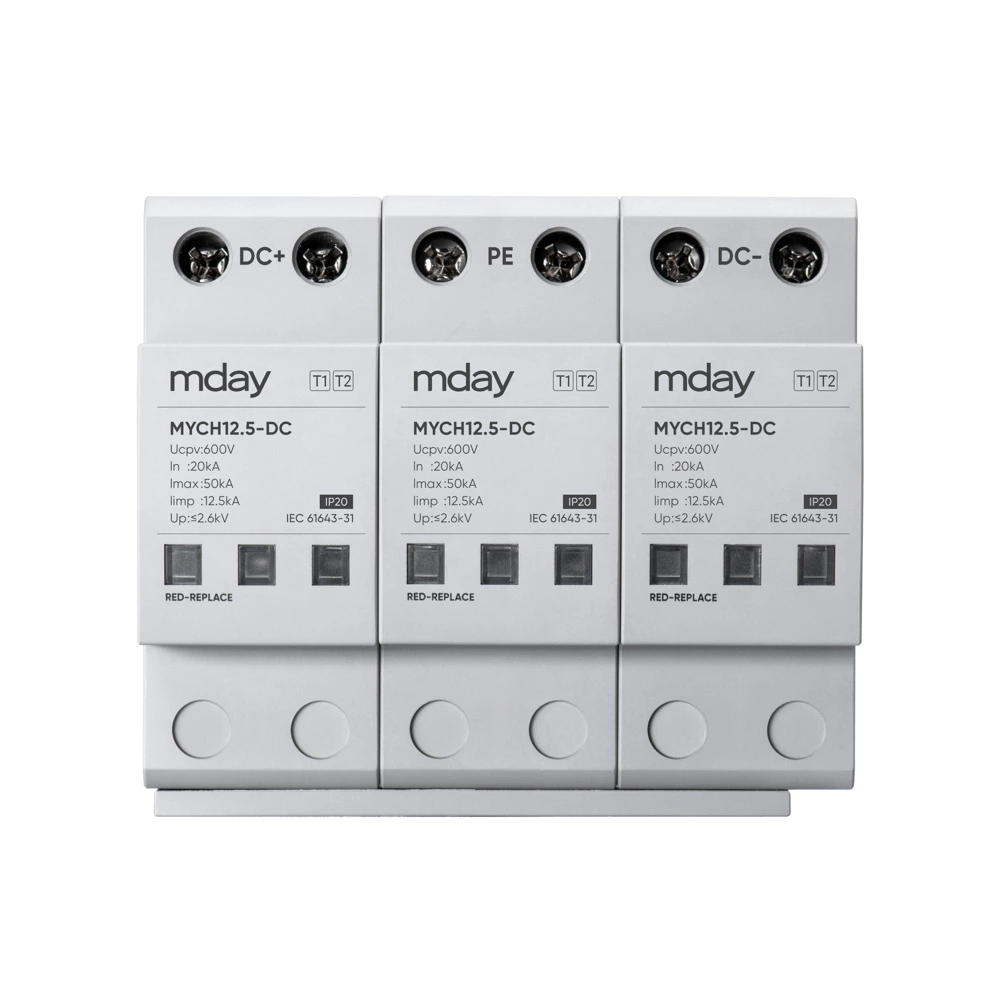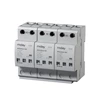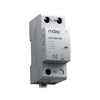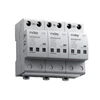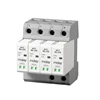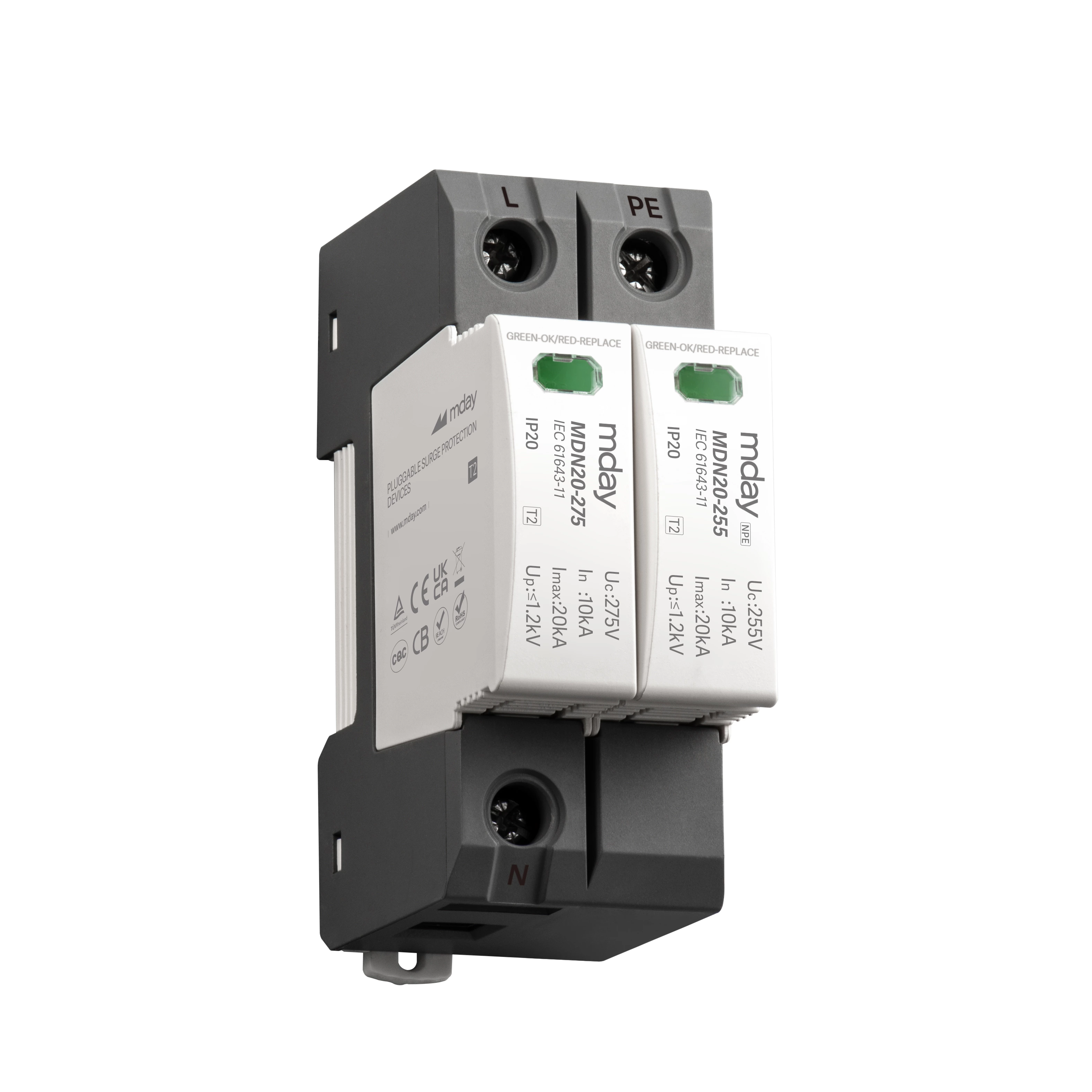Why Does The Photovoltaic Surge Protector Use A Y-type Structure?
Photovoltaic power generation is a new form of green and environmentally friendly power generation that my country is vigorously promoting. From photovoltaic power plants to solar water heaters, they are all within the scope of photovoltaic power generation. For photovoltaic equipment, lightning protection is the top priority in protection work, and installing a photovoltaic surge protector is very important. When choosing a photovoltaic surge protector, I believe many readers have seen the 3P Y-type photovoltaic surge protective device. Today, the editor will talk about the advantages of the Y-type structure, so as to better understand why the photovoltaic surge protection device uses the Y-type structure.
For photovoltaic surge protectors, the focus should be on the maximum photovoltaic voltage it can withstand. The maximum photovoltaic voltage refers to the maximum DC voltage of the equipment in the photovoltaic system. Under normal circumstances, the maximum photovoltaic voltage of the common single-P photovoltaic surge protector can only reach 900V, which cannot meet certain photovoltaic power generation situations. For this special situation, a Y-type photovoltaic DC surge protector is needed.
Compared with ordinary photovoltaic DC surge protectors, the Y-type photovoltaic surge protector is equivalent to having an additional 1P surge protector inside, so its maximum photovoltaic voltage can often reach 1000V or even higher. The Y-type structure increases the maximum photovoltaic voltage that the photovoltaic surge protector can withstand. Even if a grounding fault caused by insulation damage occurs, resulting in an increase in the working voltage, it will not catch fire and burn the equipment. The Y-type structure can ensure the safety of the equipment to the greatest extent.
